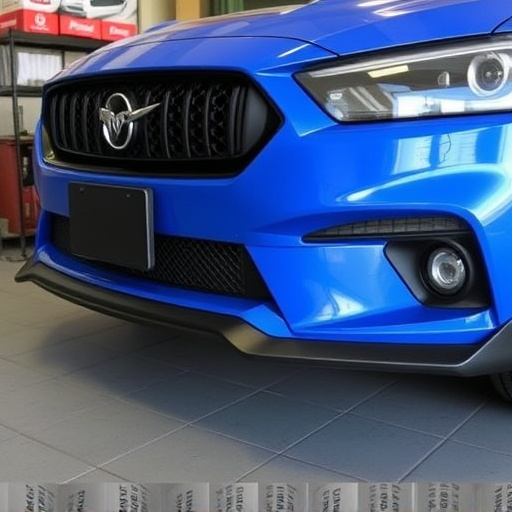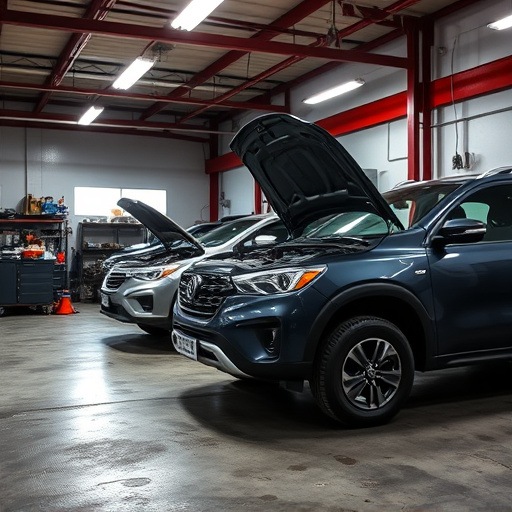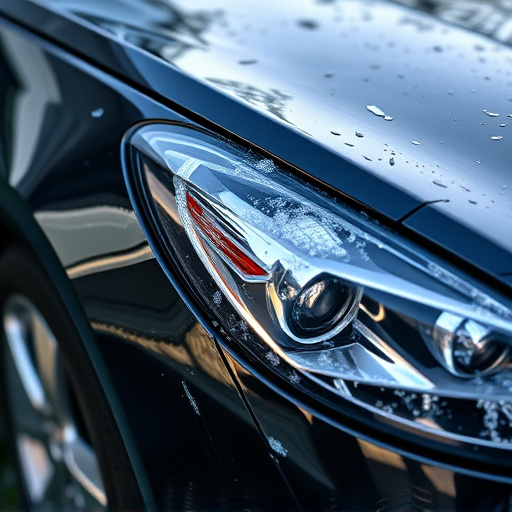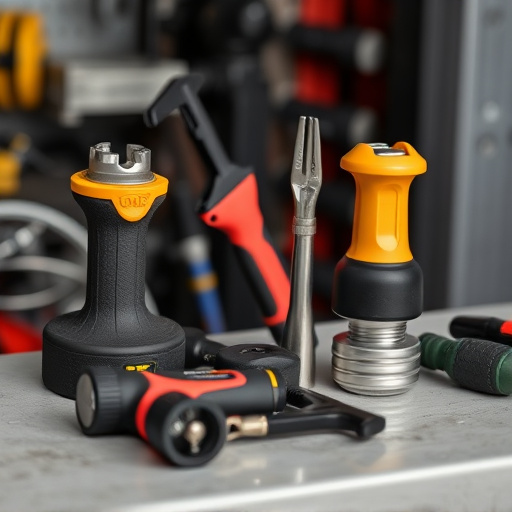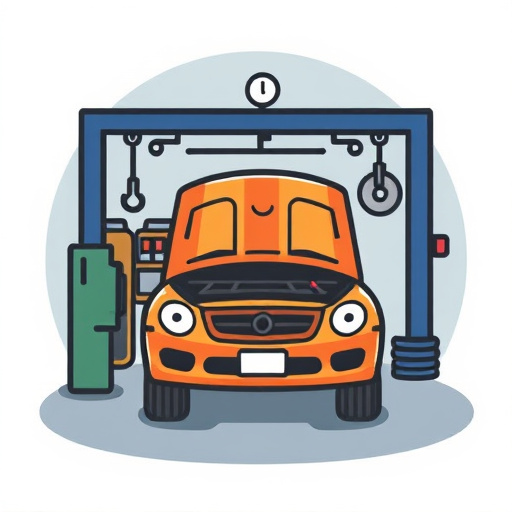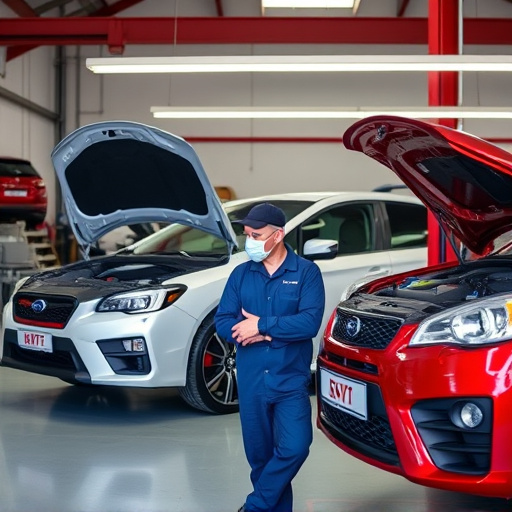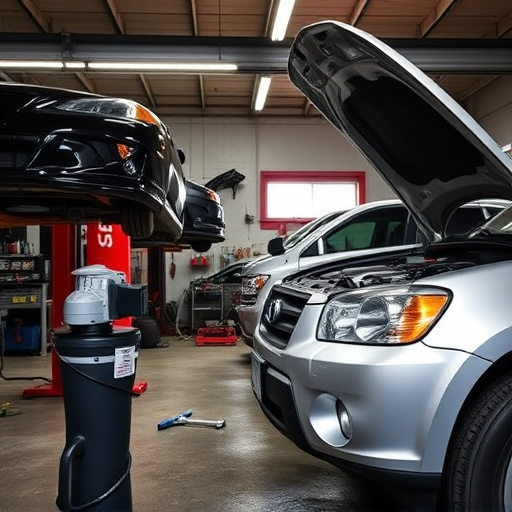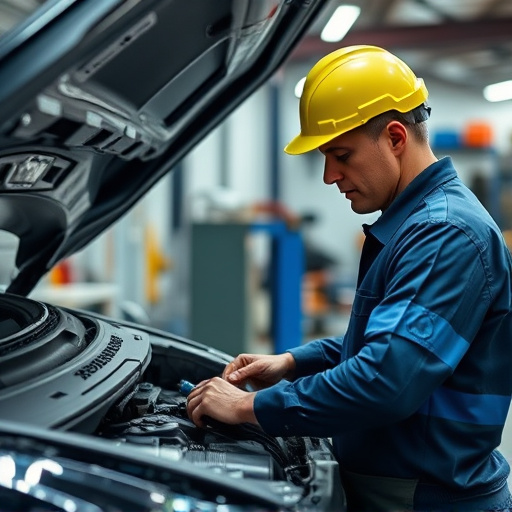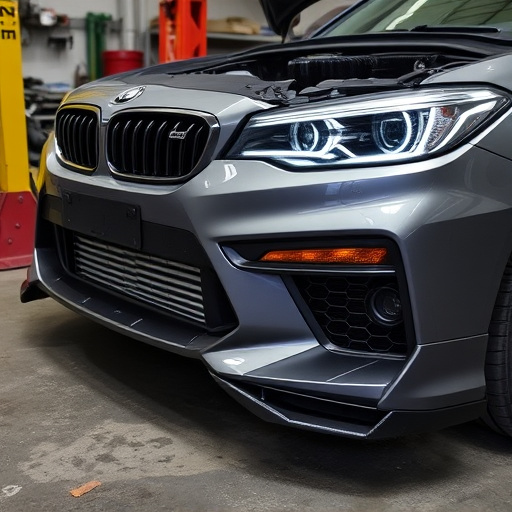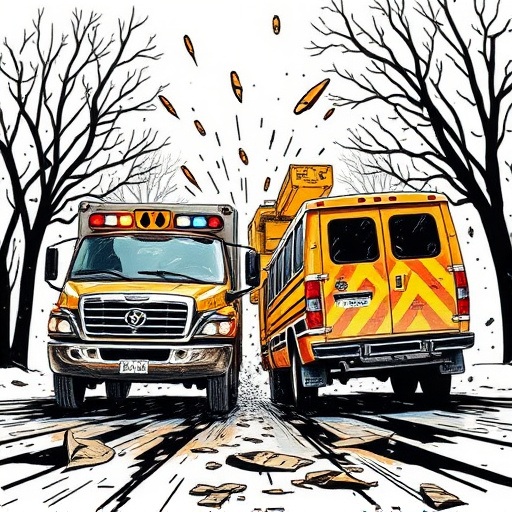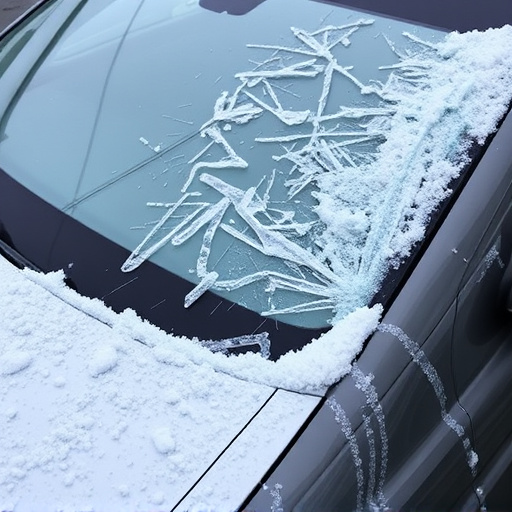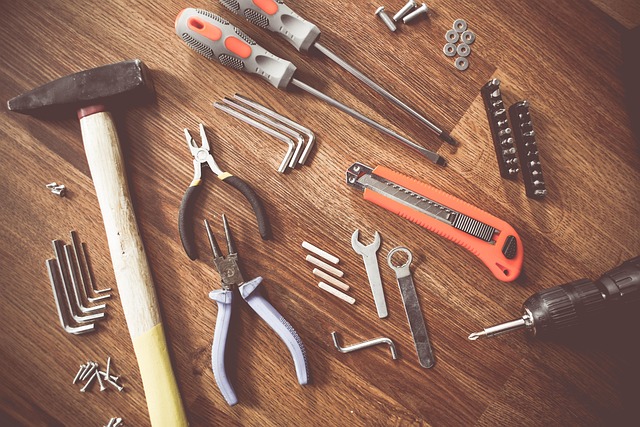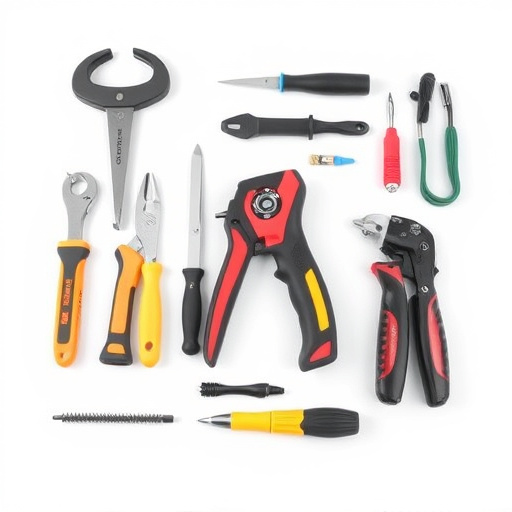Repair Quality Verification (RQV) is a stringent testing protocol ensuring restored car airbag and sensor components meet or surpass manufacturer standards. This meticulous process involves holistic inspections, dynamic testing, and quality control to guarantee safe and reliable functionality in emergency situations, ultimately safeguarding consumer safety and upholding automotive body shop reputation.
In the critical domain of automotive safety, the restoration of airbags and sensors is a meticulous process that demands stringent oversight. This article delves into the intricacies of repair quality verification for these vital components, exploring why it’s an indispensable step in ensuring vehicle and passenger safety. We dissect the intricate restoration process and highlight the role of advanced verification techniques in upholding the integrity of restored parts. Understanding these methods is crucial for maintaining the highest standards of safety and reliability on the road.
- Understanding Airbag and Sensor Restoration Process
- The Role of Repair Quality Verification Techniques
- Ensuring Safe and Effective Restored Components
Understanding Airbag and Sensor Restoration Process
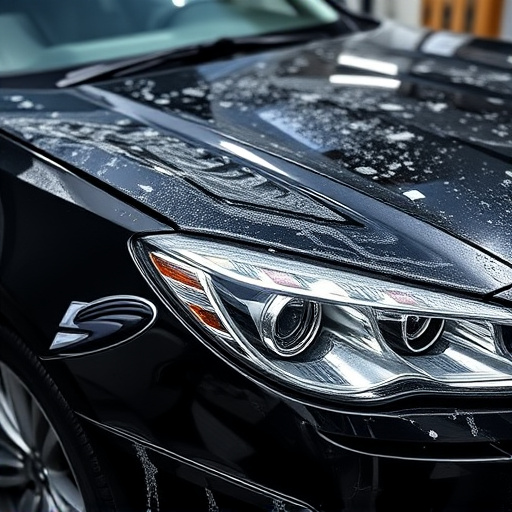
The process of restoring airbags and sensors in vehicles involves a meticulous series of steps designed to ensure optimal safety and performance. It begins with a thorough inspection, where technicians identify any damage or malfunctions within the airbag system and its associated sensors. This initial phase is crucial for determining the extent of repairs required, whether it’s replacing individual components like sensors or conducting complete airbag module overhauls.
Repairs are carried out with precision, adhering to strict standards set by vehicle manufacturers. In the case of Mercedes-Benz collision repair, for instance, technicians follow meticulous guidelines to preserve the integrity of the vehicle bodywork and ensure seamless integration of replacement parts. Repair quality verification is a critical stage where each restored component is rigorously tested to meet performance criteria, guaranteeing that the airbag system operates as intended during an emergency deployment.
The Role of Repair Quality Verification Techniques
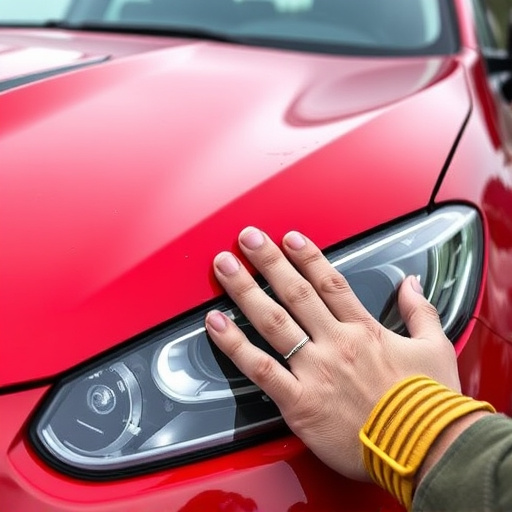
Repair Quality Verification (RQV) plays a pivotal role in ensuring the safety and reliability of restored airbags and sensors, which are critical components in modern vehicles. As collision repair services and automotive body shops increasingly handle complex vehicle repairs, RQV becomes an indispensable tool to maintain high standards. This process involves rigorous testing and inspection protocols designed to validate the functionality and performance of repaired parts. By employing advanced diagnostic tools and expert technicians, car repair services can accurately assess every aspect of the restoration process, from material integrity to sensor accuracy.
RQV techniques not only safeguard consumer safety but also uphold the reputation of reputable automotive body shops. Thorough verification ensures that replaced airbags and sensors function optimally during a vehicle’s lifecycle, minimizing the risk of malfunctions or false deployments. This meticulous approach distinguishes top-tier collision repair services, fostering trust among customers who rely on their vehicles’ safety systems.
Ensuring Safe and Effective Restored Components
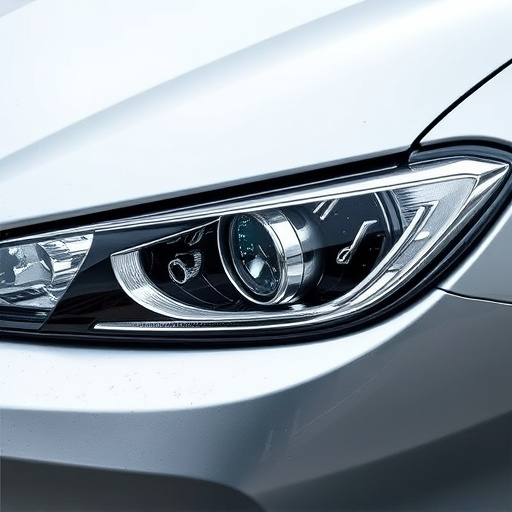
In the context of car repair, particularly for critical systems like airbags and sensors, ensuring safe and effective restored components is paramount. Repair quality verification (RQV) plays a pivotal role in this process by implementing rigorous testing protocols to validate the functionality and reliability of each component after restoration. This meticulous approach guarantees that every part meets or exceeds original equipment manufacturer standards, thereby safeguarding the well-being of drivers and passengers.
By adopting robust RQV practices, reputable car repair shops can deliver restored components with consistent quality. This includes thorough inspections, dynamic testing, and quality control measures that extend beyond superficial fixes. Unlike generic car paint services or isolated car paint repairs, RQV encompasses a holistic approach to restoration, ensuring every element of the airbag and sensor systems functions harmoniously in the event of an emergency.
Repair Quality Verification (RQV) plays a pivotal role in ensuring safe and effective restored airbag and sensor components. By implementing advanced techniques, such as detailed inspections, testing, and performance simulations, RQV guarantees that these critical safety systems function optimally after restoration. This rigorous process is essential to maintaining high standards, reducing risks, and promoting public safety on the roads.
